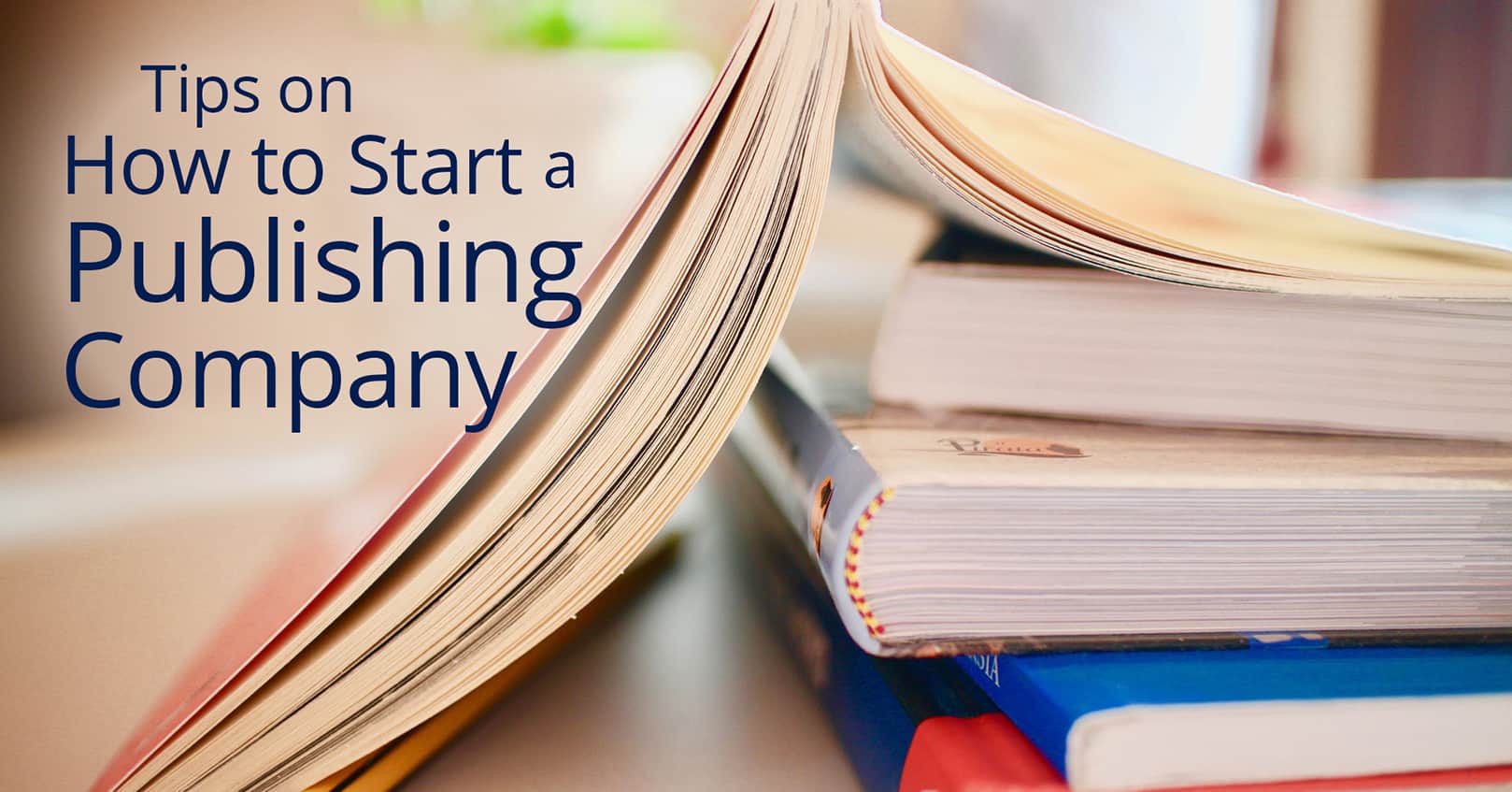
If you're finding it difficult to count or feel when to play each chord, tap your foot along to the drums and play on the first tap of every four.Note: Each chord is played on the first beat of each count and is held until the first beat of the following count.

Note: It's important that the backing track contains no other instruments in the mix except drums.įollowing the chord progression, play each chord and let it ring out for four beats before playing the next one.

Search for a "drums only" backing track of a comfortable speed of 70 - 100 BPM (beats per minute) We can expand on this even further to create an awesome musical experience immediately, rather than a result of weeks of tedious practise endorsed by general methods.FINAL STEP : Let's get a drummer Now that we are familiar with the chords, let's apply them to a practical and common musical scenario: playing to drums.ĭrum backing tracks can be found on YouTube. We now have a short, yet coherent and great sounding piece of music. Try playing each chord in the order below: Got it? Now try this: Now let's combine them: Can you hear the smooth transition from the dissonant G7 resolving to C as though the progression had taken us on a journey and at this point had finally returned home on the chord C? STEP 2 : Let's create a chord progression Arranging the chords in a sequence will allow us to create our first piece of music.


G7 is played with finger 1 (index) Strummed from D string downward towards floor. G is played with finger 3 (ring) Strummed from D string downward towards floor. The lesson reads as follows.STEP 1 : The Chords Firstly, let's define a chord as 3 or more notes played at the same time.Ĭ is played with finger 1 (index) Strummed from G string downward towards floor. "Here is the fast track method to playing your first chords instantly, in a musical, enjoyable and practical way, which by the end will reward you with your own created piece of music." "One of the common problems I see is the laborious and ineffective approach to learning and playing the very first chords, which are often too difficult for most beginners and can make even most enthusiastic budding guitar player lose the will to live. He said in the intro: "Working as a guitar teacher professionally, I've come across countless beginner guitar books, videos and other instructional material - much of which is terrible. Guitar instructor Sergei Kossarev offered an interesting lesson titled "The First 3 Guitar Chords You Must Learn," presenting his take on what is the most effective way to start learning guitar.


 0 kommentar(er)
0 kommentar(er)
